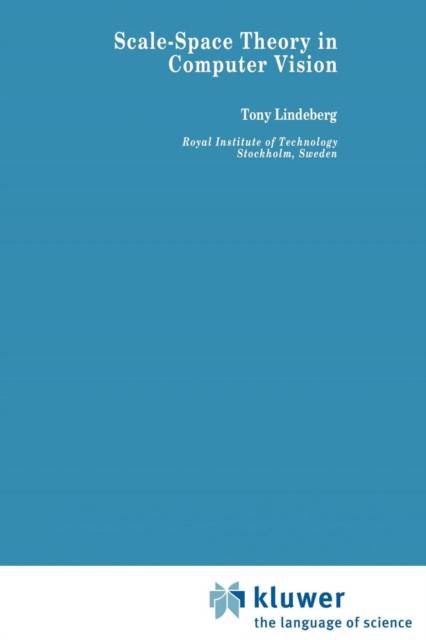
Je cadeautjes zeker op tijd in huis hebben voor de feestdagen? Kom langs in onze winkels en vind het perfecte geschenk!
- Afhalen na 1 uur in een winkel met voorraad
- Gratis thuislevering in België vanaf € 30
- Ruim aanbod met 7 miljoen producten
Je cadeautjes zeker op tijd in huis hebben voor de feestdagen? Kom langs in onze winkels en vind het perfecte geschenk!
- Afhalen na 1 uur in een winkel met voorraad
- Gratis thuislevering in België vanaf € 30
- Ruim aanbod met 7 miljoen producten
Zoeken
Omschrijving
The problem of scale pervades both the natural sciences and the vi- sual arts. The earliest scientific discussions concentrate on visual per- ception (much like today!) and occur in Euclid's (c. 300 B. C. ) Optics and Lucretius' (c. 100-55 B. C. ) On the Nature of the Universe. A very clear account in the spirit of modern "scale-space theory" is presented by Boscovitz (in 1758), with wide ranging applications to mathemat- ics, physics and geography. Early applications occur in the cartographic problem of "generalization", the central idea being that a map in order to be useful has to be a "generalized" (coarse grained) representation of the actual terrain (Miller and Voskuil 1964). Broadening the scope asks for progressive summarizing. Very much the same problem occurs in the (realistic) artistic rendering of scenes. Artistic generalization has been analyzed in surprising detail by John Ruskin (in his Modern Painters), who even describes some of the more intricate generic "scale-spacesin- gularities" in detail: Where the ancients considered only the merging of blobs under blurring, Ruskin discusses the case where a blob splits off another one when the resolution is decreased, a case that has given rise to confusion even in the modern literature.
Specificaties
Betrokkenen
- Auteur(s):
- Uitgeverij:
Inhoud
- Aantal bladzijden:
- 424
- Taal:
- Engels
- Reeks:
- Reeksnummer:
- nr. 256
Eigenschappen
- Productcode (EAN):
- 9781441951397
- Verschijningsdatum:
- 2/12/2010
- Uitvoering:
- Paperback
- Formaat:
- Trade paperback (VS)
- Afmetingen:
- 156 mm x 234 mm
- Gewicht:
- 612 g

Alleen bij Standaard Boekhandel
+ 317 punten op je klantenkaart van Standaard Boekhandel
Beoordelingen
We publiceren alleen reviews die voldoen aan de voorwaarden voor reviews. Bekijk onze voorwaarden voor reviews.









